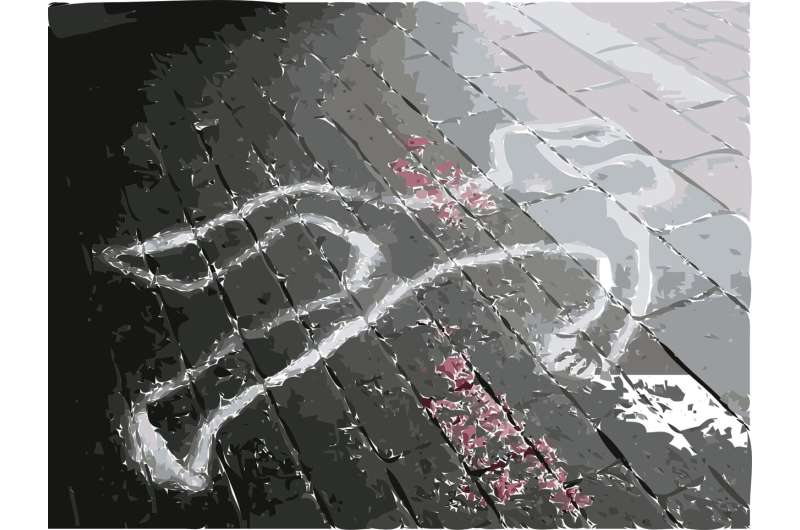Return to School and Its Impact on Childhood Infections and Asthma Emergencies

Returning to school can lead to increased infections and asthma emergencies, especially in disadvantaged neighborhoods. A new study highlights how neighborhood conditions influence children's respiratory health during seasonal surges.
As children head back to school, there is a notable rise in infections and asthma-related emergencies among young students. A recent study from Dell Medical School at the University of Texas at Austin sheds light on how neighborhood conditions significantly influence these seasonal health challenges. The research highlights that children living in socioeconomically disadvantaged neighborhoods experience a disproportionately higher rate of asthma flare-ups triggered by viral infections such as colds and the flu during the first weeks of school.
Led by epidemiologist Darlene Bhavnani, the study analyzed emergency department visit data from Texas’s four largest cities, encompassing over 3,000 neighborhoods between 2016 and 2019. The findings confirm that asthma-related ER visits spike each year with the school start, but this increase is markedly more severe in communities facing higher poverty levels and social vulnerability. This suggests that residing in under-resourced areas may elevate children's risk of contracting infections that exacerbate asthma.
The research also emphasizes the role of environmental factors, such as crowded classrooms, environmental stress, and limited access to sick leave among caregivers, which facilitate the spread of viruses and hinder recovery. Bhavnani underscores that the back-to-school period should not automatically lead to increased hospital visits. Instead, there needs to be a focus on improving the environments children return to, whether at home or school, to mitigate these health risks.
For parents of children with asthma, proactive measures are recommended: updating asthma action plans with healthcare providers, ensuring school staff are informed of triggers and medication needs, and advocating for healthier school and neighborhood environments. Recognizing these risks enables families and communities to better protect children’s respiratory health during this critical transition period.
This study reinforces the importance of addressing social and environmental factors in managing childhood asthma and preventing preventable hospital visits, especially during seasonal surges linked to the start of the new school year.
Source: https://medicalxpress.com/news/2025-08-school-infections-asthma-emergencies-kids.html
Stay Updated with Mia's Feed
Get the latest health & wellness insights delivered straight to your inbox.
Related Articles
New Malaria Treatment for Infants Brings Hope to Ugandan Healthcare
A new malaria medication approved for infants in Uganda offers hope to reduce child mortality caused by the disease. The drug, developed by Novartis, is a lower-dose, child-friendly formulation aimed at saving young lives during peak malaria seasons.
Low Follow-Up Rate for Colonoscopy After Abnormal Blood-Based Cancer Screening
Less than half of patients with abnormal blood-based colorectal cancer screening results receive timely follow-up colonoscopy, risking delayed diagnosis. This study highlights the importance of improving follow-up adherence to enhance early cancer detection.
Medical Experts Recommend Using High-Intensity Statins for Cardiovascular Disease Prevention and Treatment
Expert guidelines emphasize using high-dose statins like rosuvastatin and atorvastatin for effective cardiovascular disease prevention and treatment, backed by robust clinical evidence.



